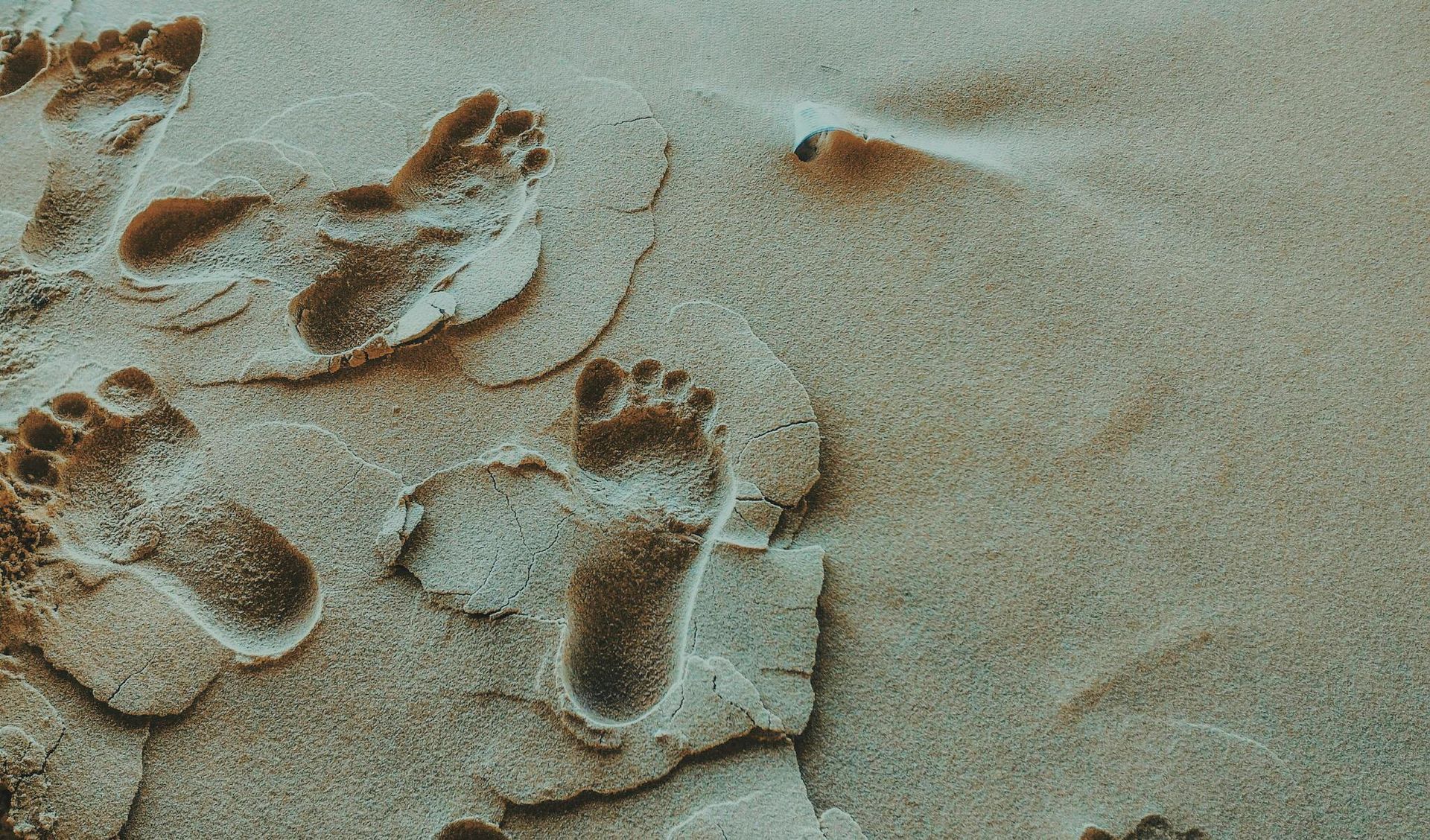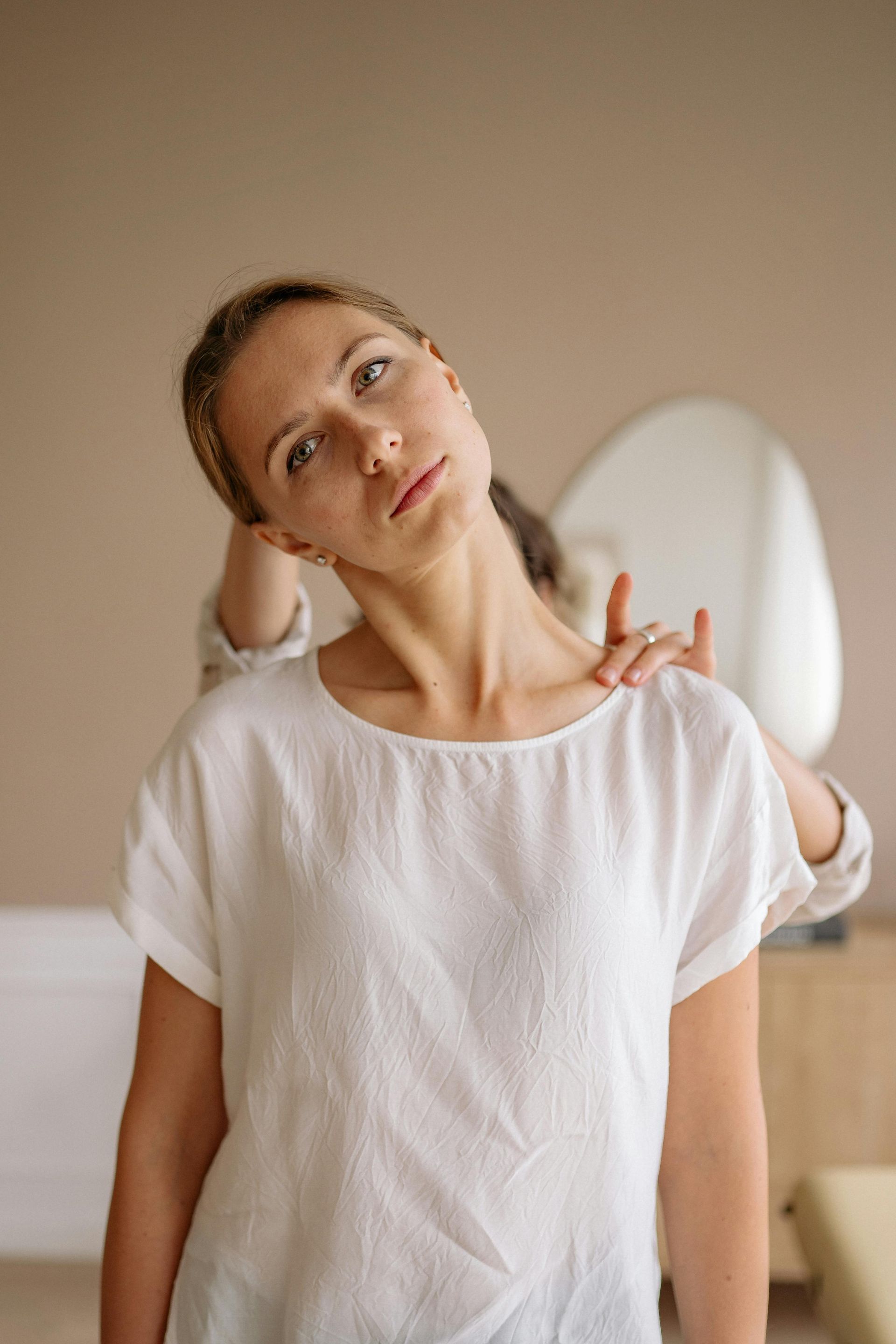Reiki: The Ultimate Guide
Everything you need to know about this energy-healing practice.
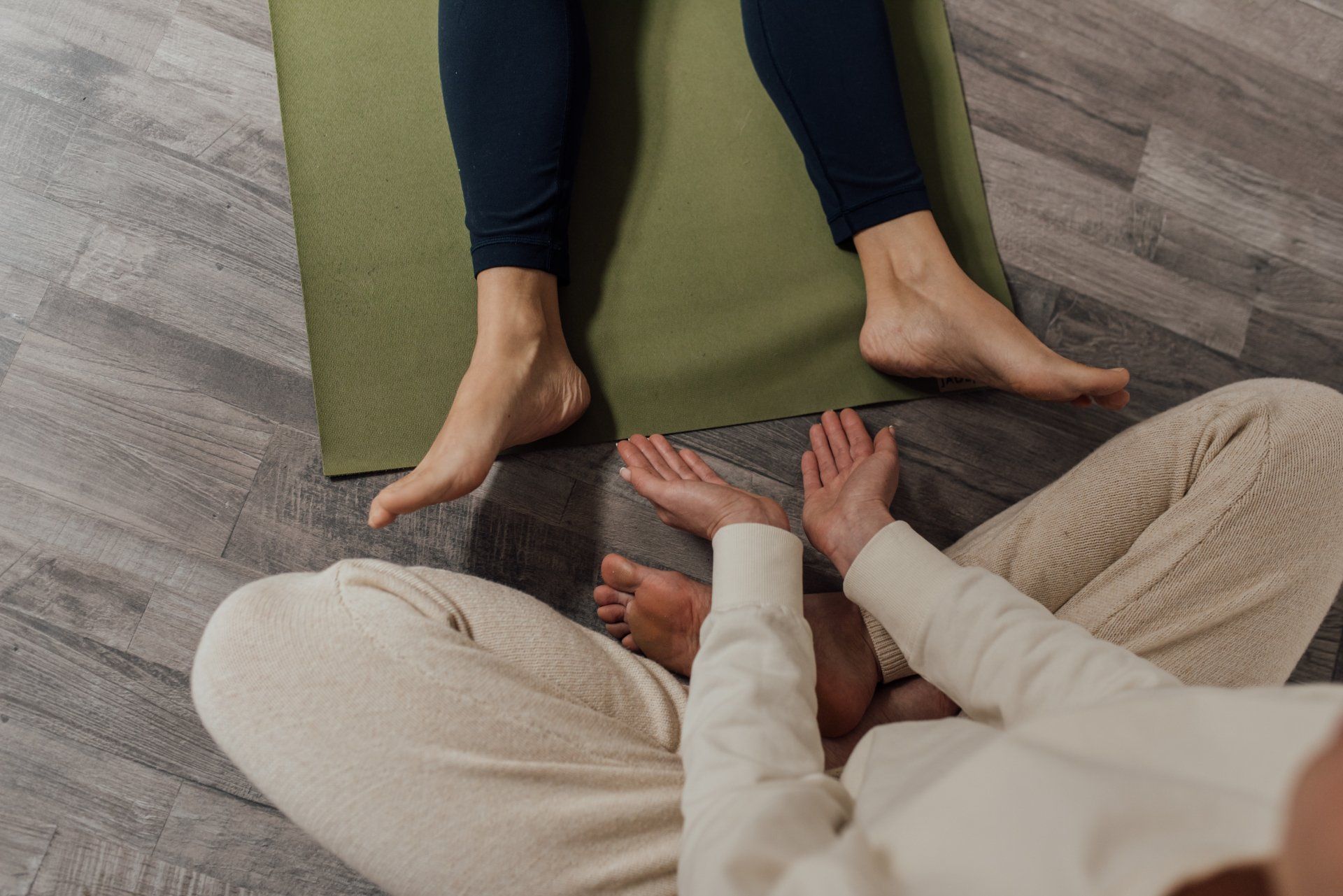
Reiki energy healing has become a popular natural healing method. Thousands of people have become Reiki healers, and even more receive Reiki every day. If you are curious about learning more about Reiki, keep reading!
What is Reiki?
Reiki (pronounced ray-key) is a complementary and integrative health approach that works with the subtle energy body. According to the International Center for Reiki Training, Reiki is "administered by 'laying on hands' and is based on the idea that an unseen 'life force energy' flows through us and is what causes us to be alive." Based on this philosophy, if your energy is low, you are more likely to experience discomfort and dis-ease. Therefore, improving your energy levels can improve one's wellness and overall quality of life.
Reiki is a complementary healing technique that works with a universal life force energy. This form of alternative medicine works with other medical treatments to relieve side effects and speed healing. Reiki can also be used by itself as an alternative therapy for things such as stress, minor wounds, and emotional well-being. Even after a single Reiki session, individuals experience deep relaxation, pain relief, and an improved quality of life.
What is the history of Reiki energy healing?
Reiki is an ancient natural healing practice which originates in Japan. It's founder Mikao Usui developed Reiki when he was seeking to understand how Jesus healed. He spent time studying several different religious practices and eventually turned to meditation, where he finally gained insight into how to use Reiki energy to promote wellness. Usui practiced Reiki on himself and others, realizing the potential of this energy medicine.
Once Usui gained the knowledge about how to channel universal energy using Reiki, he opened his first Reiki clinic and started training other practitioners. Usui's form of Reiki, or palm healing, has been passed down from master to student, resulting in generations of Reiki practitioners who can trace their heritage back to Usui Reiki.
The word "Reiki" contains two Japanese words:
- Rei: Meaning higher power
- Ki: Meaning life energy
So together, Reiki can be translated as an energy healing technique that channels life force energy from a higher power into the receiver.
Is Reiki a religious practice?
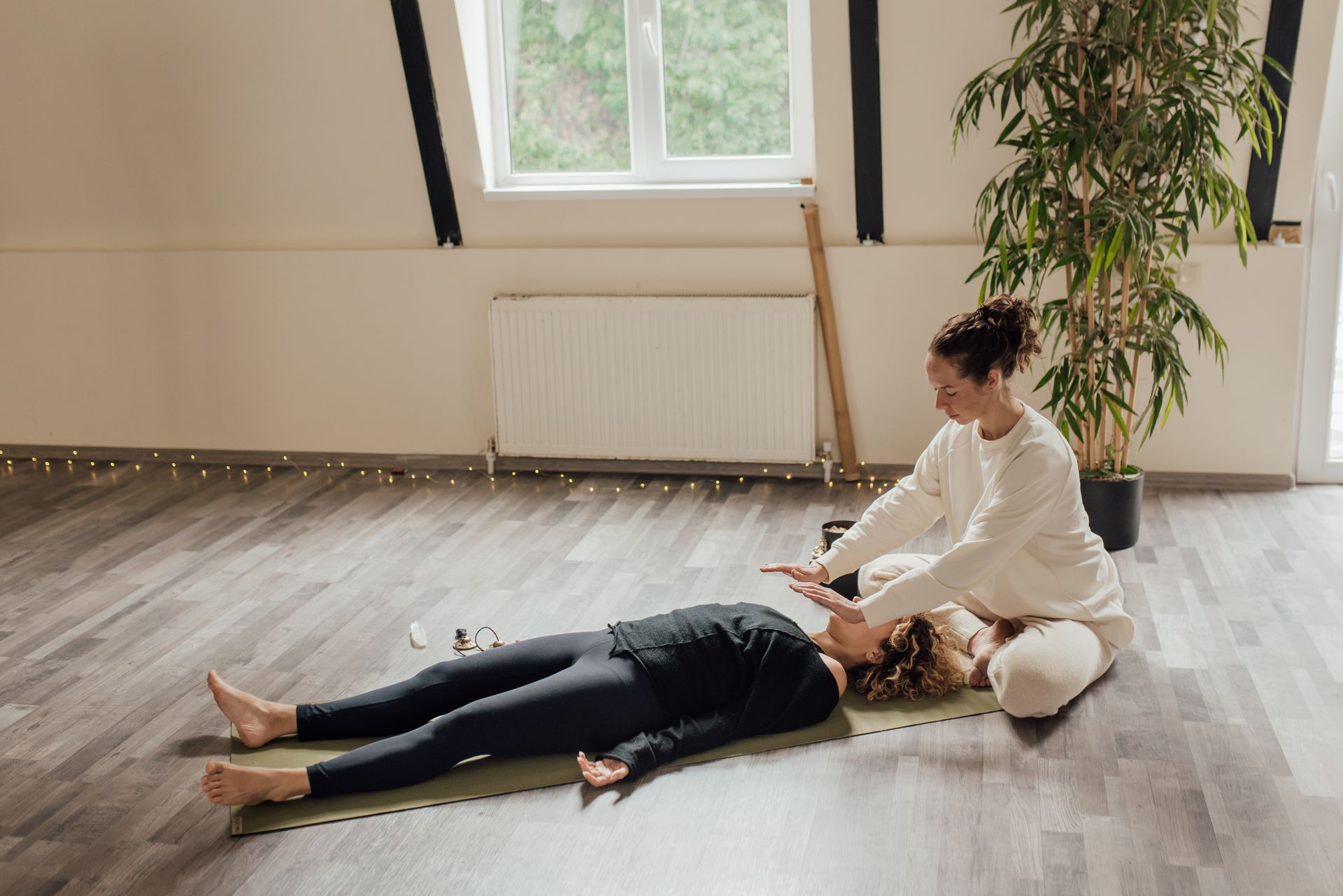
While Reiki is a spiritual healing practice, it is not based on any religion. Anyone, regardless of religious or spiritual background, can receive Reiki. Additionally, anyone who feels called to can get training and an attunement to become a Reiki energy healer, no matter their spiritual background.
Although Reiki is not a religious practice, Reiki practitioners follow a series of principles related to living and practicing in a way that is not harmful to others. The principles of Reiki are similar to the Golden Rule. Here they are:
- Just for today, I will not be angry.
- Just for today, I will not worry.
- Just for today, I will do my work honestly.
- Just for today, I will be kind to other people and every living thing.
- Just for today, I will have gratitude for my blessings.
How does Reiki work?
In a typical Reiki treatment, the Reiki practitioner channels a healing, universal life force energy flow through their chakra system, or main energy centers, into the body of the receiver. The Reiki energy enters the practitioner's crown chakra, travels to their heart chakra, then out the minor chakras in the hands into the receiver's energy centers. The Reiki healer acts as a conduit for this energy, and no energy is shared between the healer and the receiver.
The Reiki healer typically delivers Reiki by placing their hands on or near the receiver's body and energy field. There are a series of hand positions that are used in traditional Reiki, followed by intuitive healing. The energy cleanses and balances the receiver's chakras, promoting relaxation of the nervous system and accelerated healing.
What are chakras?
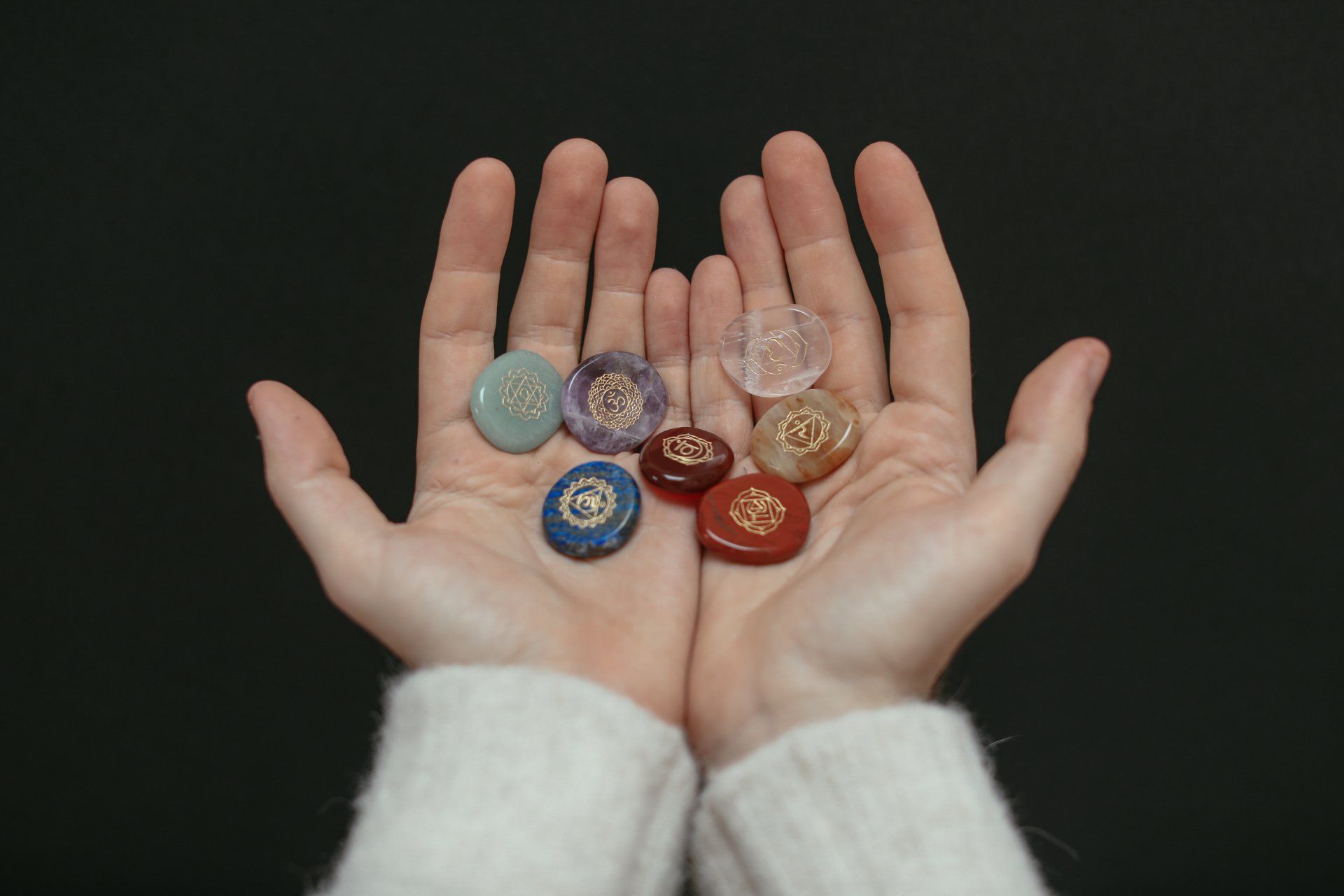
Reiki works closely with the charkas: the energy centers located throughout the body. Humans and animals have hundreds of these charkas in the body, and we often focus on the seven main energy centers when we talk about chakras. Here is an overview of each one.
Root chakra
Your root chakra is located at the base of your spine, near your tailbone, and is said to be a deep red in color. This chakra relates to your sense of safety and security. If it is out of balance, you might feel anxious and overwhelmed.
You can bring this chakra into balance by grounding. Try holding crocodile pose for several rounds of breath or going barefoot outside. Feel the solid ground underneath you and imagine growing roots deep into the earth.
Sacral chakra
The sacral chakra is located below the belly button, in the lower abdomen. It's around the area of a female's womb space. The sacral chakra is a vibrant orange in color and deals with the emotions and with creativity. When this chakra is out of balance, you might be dealing with strong emotions that feel difficult to process or release. You might also notice a creative block if you happen to be an artist or writer.
You can bring this chakra back into balance by crafting, singing, or doing artwork. Yoga poses that incorporate twists such as deer pose can help activate this chakra. Journaling about your emotions or allowing yourself to cry can also help balance your sacral chakra.
Solar plexus chakra
The solar plexus chakra is located above your belly button, where you sometimes feel butterflies in your stomach, and is a sunny yellow in color. This chakra works with your confidence levels, your immune system, and general healing. When out of balance, you might feel symptoms of being sick or even chronically ill. An unbalanced solar plexus chakra can also result in low self-esteem or even narcissism.
Practicing something you are already experienced with can help build confidence and tone this chakra. Positive affirmations such as "I am enough" can also be useful. And holding yoga shapes that take up some space such as star pose can help boost this chakra.
Heart chakra
Your heart chakra is located in the center of your chest and is an emerald green in color. This chakra governs your relationship with self and with others. If your heart chakra is out of balance, you might have a difficult time connecting with others. An overactive heart chakra might cause you to be clingy with others.
Connecting with others is a great way to cleanse this chakra, as is spending time in nature or with animals. Heart opening yoga poses such as camel pose can also clarify and balance this energy center.
Throat chakra
The throat chakra is located in your neck and is a light blue in color. This chakra is all about communication: setting boundaries, talking to your needs, and understanding others. When out of balance, you might have a difficult time connecting with other people and clearly communicating your intentions.
Singing is a great way to cleanse this chakra. Drinking warm tea and gently stretching your neck can also stimulate the throat chakra.
Third eye chakra
Your third eye chakra is located between your eyebrows and is a deeper blue in color. This chakra deals with your intuition and your wisdom. If this chakra becomes out of balance, you might have a difficult time making decisions on your own or gaining knowledge.
You can balance this chakra by journaling and breath work practices that help with focus (such as three-part breath). Giving your third eye a massage is another great way to clarify this chakra.
Crown chakra
Finally, the crown chakra is located at the crown of your head. It is purple in color, which is also the color of Reiki energy. This chakra is your connection to spirituality. If this chakra is out of balance, you might have a difficult time connecting with ideas bigger than yourself.
Meditation is a great way to stimulate your crown chakra. Rituals such as moon ceremonies or women's circles are also great ways to balance this chakra.
What are the health benefits of Reiki?
Reiki is a complementary health therapy that can enhance any traditional treatment. Here are some other possible health benefits of Reiki:
- Reiki promotes relaxation and calming of the autonomic nervous system.
- Reiki can help relieve pain: this includes physical as well as mental and emotional dis-comfort or pain.
- Energy healing can help to resolve mental distress and to improve one's mood.
- Reiki can help enhance sleep.
- Reiki energy healing can lower your blood pressure.
- Energy healing can help you release toxic emotions and relationships.
- A Reiki healing session can help the receiver find clarity to make difficult decisions.
- Reiki is a great way to enhance your mind-body relationship.
How should I prepare for a Reiki treatment?
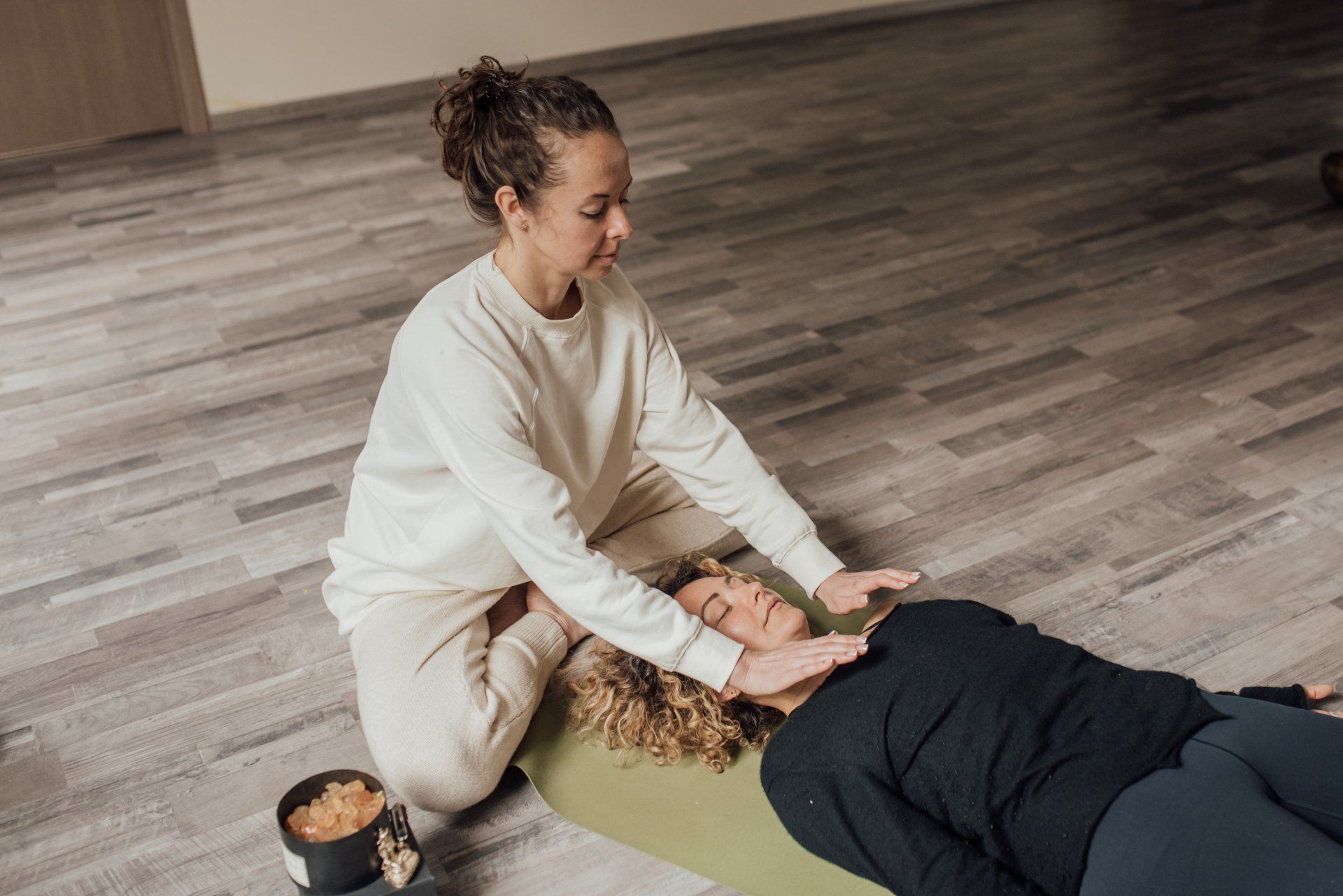
Once you've scheduled your Reiki session, it's good to take a few steps to prepare for it. Here are some tips to feel ready for your first energy healing session:
- Wear comfortable clothing. You will likely remain fully dressed during your session, so I recommend wearing something that feels comfortable on your body. My clients typically arrive in yoga clothes, sweats, or pajamas.
- Take some time to set an intention. Identify what you'd like to get out of your Reiki session and whether or how you'd like to communicate this to your healer. If there is a question or decision that you're looking for clarity on, write it down and take it with you.
- Arrive early. Plan to arrive a little bit early to give yourself some time to ground before your session. Your healer might also have some intake paperwork for you to complete before your session.
- Plan your day. Try to have some free time after your Reiki session in order to journal and meditate on what you learned. It's a good idea to bring water and your journal with you, as you might want one or both after your session. Some people like to spend time in nature after a Reiki session, so you might also schedule this into your day.
What should I expect during the Reiki treatment?
All Reiki practitioners work differently but expect to spend a little time before the session discussing your intentions for Reiki. Your healer might have you choose crystals or other items to use during the session. Then they will have you get comfortable on a massage table, chair, or yoga mat for the session.
Your healer will spend some time opening your chakras and reading your energy. Then they will proceed with the Reiki treatment by either placing or hovering their hands over different areas of your body. While the Reiki healer is working on you, you might notice some of the following:
- Warmth from the healer's hands
- Deep relaxation: you might even fall asleep
- Seeing colors or visions
- Feeling energy moving
- An emotional release
After you have received Reiki, your Reiki practitioner might give you time to journal about the session. They also might spend some time processing the session with you.
What should I expect after my Reiki session?
After a Reiki session, you will go through a three-day cleanse, where your chakras are purified and balanced. Often, people do not feel many effects from this cleanse, but some people report the following:
- Mild cold symptoms (runny nose, slight cough)
- A general sense of well-being
- Brain fog
- Emotional releases
- Stiff or sore muscles
- A positive shift in relationships
The cleanse is also a time when you might receive answers to the questions you asked during or before your session. Pay more attention to things around you, such as billboards, TV or radio ads, for these messages.
These side effects, if any, are typically very mild. If you do experience side effects that concern you, please reach out to your Reiki healer for support.
What is distance healing?
Some Reiki practitioners are trained to offer healing across time and space. In this form of Reiki therapy, your professional Reiki practitioner will send the energy remotely to support healing. Distant Reiki sessions can happen via a formal teleconference session, or the healer can send the energy therapy as part of their Reiki practice routine. The recipient of the energy might experience the sensation of warmth or energy moving during this process; they might also notice a sense of relaxation.
How can I become a Reiki healer?

Just like Mikao Usui passed Reiki down to new healers, Reiki Master healers pass down Reiki via training and an attunement to new healers. Learning Reiki is a fairly straightforward process, and most training sessions can be completed in a two or three-day training course.
Reiki training and attunements come in three levels (see below). It is recommended to take breaks between each level so that the student can develop and hone their skills before gaining additional training.
Level 1 Reiki
In Level 1, students learn the main power symbol as well as the hand positions for traditional Reiki energy healing. Level 1 Reiki healers also learn how to scan the receiver's energy field and intuitively heal, and how to beam Reiki energy into the recipient.
Level 1 Reiki practitioners are able to use Reiki to heal themselves and others in person.
Level 2 Reiki
Level 2 Reiki training and attunement amplifies the Reiki energy. Additional Reiki symbols are learned and used to send the energy across time and space. Level 2 Reiki practitioners also learn to use Reiki for mental and emotional healing as well as how to use a pendulum to access the charka system of the Reiki receiver.
Level 2 Reiki practitioners are able to use Reiki to heal in person as well as across time and space. They also can use Reiki to heal animals.
Level 3 Reiki: Reiki mastery
Reiki healers who complete the third portion of Reiki trainer become Reiki masters. These healers have the capability to teach and attune new Reiki healers.
Each level of Reiki training comes with hands-on practice as well as an attunement, which opens the student's chakras and enables them to channel the Reiki energy to heal.
How do I find a Reiki healer?
If you are interested in trying Reiki for yourself, seek out a Reiki healer that you feel a positive connection with. Don't be afraid to ask questions about how they practice Reiki and what to expect during a session.
You can learn more about how I practice Reiki by heading over to my Reiki page, or by emailing me.
On the Blog
